Green architecture – El Cerrito Recycling and Environmental Resource Center
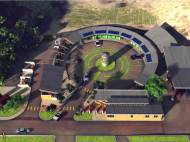 We can all reduce our impact on nature by recycling, but why shouldn’t we make recycling centers more sustainable themselves? The City of El Cerrito held a ribbon cutting celebration for the new El Cerrito Recycling and Environmental Resource Center on Earth Day, Sunday April 22, 2012. The new facility is aiming to be certified as LEED Platinum from the US Green Building Council.
We can all reduce our impact on nature by recycling, but why shouldn’t we make recycling centers more sustainable themselves? The City of El Cerrito held a ribbon cutting celebration for the new El Cerrito Recycling and Environmental Resource Center on Earth Day, Sunday April 22, 2012. The new facility is aiming to be certified as LEED Platinum from the US Green Building Council.
Designed by Noll & Tam Architects and built by Pankow Builders, who were selected through a competitive “best value” design-build RFP process, the El Cerrito Recycling and Environmental Resource Center serves as a community drop-off Center for recyclable materials from El Cerrito and surrounding communities. They were supported by Swinerton Management and Consulting, and ZETA Communities who constructed the 204 square-meter (2,200 square-foot) net zero energy Administrative Building.
The Recycling Center was started in El Cerrito in 1972, when 33 people brought cans and bottles to the non-profit E.C.ology drop-off center. E.C.ology was one of the first recycling centers in the United States. The Center became a City operation on July 1, 1977. Curbside collection began in El Cerrito the same year. In 1989, the Center’s name changed to the El Cerrito Recycling Center, and after the reconstruction in 2012 it became the El Cerrito Recycling and Environmental Resource Center. The total project cost is estimated at $3.5M.
The rebuilt Center offers improved public recycling drop-off facilities and will be able to accept a broader range of reusable materials. The new Center was designed to also serve as an environmental sustainability hub for the City of El Cerrito and houses the City’s Environmental Services Division. The new Center accepts a wide variety of recyclables including some hard-to-recycle items such as block styrofoam, plate glass, and carpet.
ZETA Communities (ZETA) provided preconstruction design coordination to ensure the high performance building envelope and mechanical systems achieved the net zero energy requirements. ZETA’s off-site production methods in their factory in McClellan, California, provided an accelerated schedule and high quality construction while minimizing disruption at the site.
ZETA’s approach for sustainable building includes FSC Lumber, dual zone energy efficient heating systems, Insta-hot water heaters, TPO Cool Roof, high performance insulation and fiber cement board siding. The 16-foot clerestory windows, coupled with sensor operated lighting and high performance fiberglass windows, provide energy efficient and natural day lighting throughout the structure.
With 10 kilowatts of solar power ensured by photovoltaic panels, the Center produces enough energy to entirely power the office building and provide approximately 30% of the site energy needs. Overall energy use of the complex is 48% better than The Energy Efficiency Standards for Residential and Nonresidential Buildings from California Energy Code (Title 24).
All the rainwater that falls on the roof of the operational structure is captured and stored in a 41,600-litre (11,000-gallon) tank to flush the Center’s toilets and irrigate the Center’s native plant gardens. Water usage is further reduced by 40% with usage of efficient fixtures. The rainwater from the site’s grounds is filtered through natural bioswales – built-in landscaping elements that remove and mitigate pollution before water enters storm water systems.
Aside making the Center more sustainable and appropriate for modern standards, they also improved its layout in order to improved customer circulation, access and facilities. There are on-site tours to promote recycling and reuse material through community learning, as well as interpretive and wayfinding signs to facilitate ease of use and inspire additional environmental action.

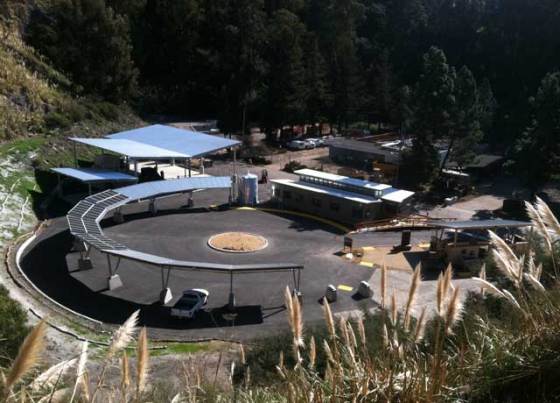
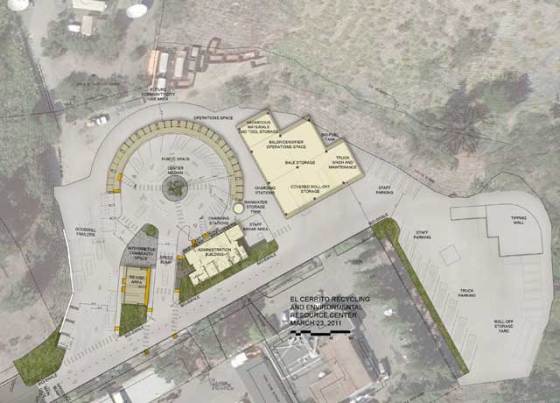
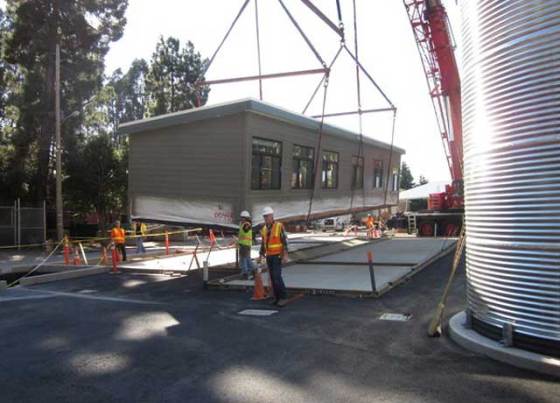
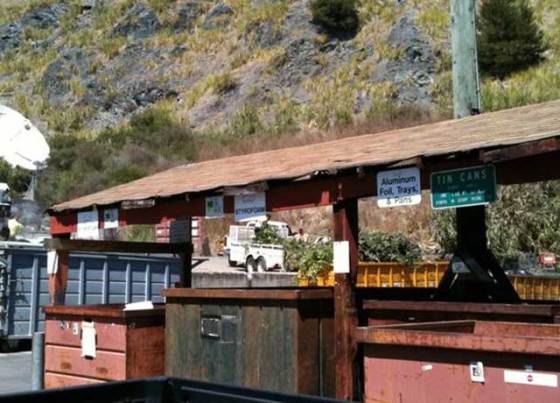








Leave your response!